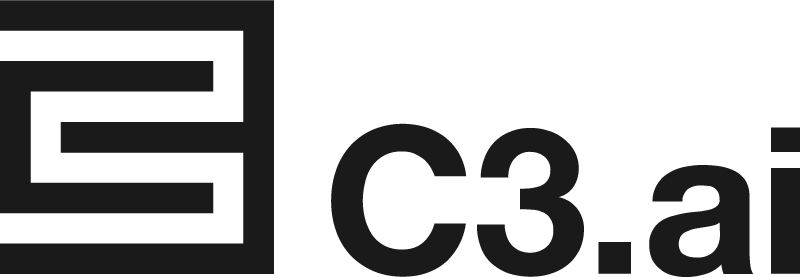Designing, deploying, and monitoring an AI-powered automation solution can be a transformative experience for small and mid-size businesses. With the right approach, operations managers can leverage cutting-edge technologies to streamline their workflows without needing extensive programming knowledge. This guide outlines a step-by-step process for implementing an AI-powered automation system, specifically focusing on using the C3 AI Agentic Process Automation platform.
To get started, ensure that you have the necessary prerequisites in place. First, you need access to the C3 AI platform. Establish an account and familiarize yourself with its interface. A basic understanding of your organization’s operational workflows will help you identify processes suitable for automation. It’s crucial to engage stakeholders from relevant departments to ensure that you capture their requirements accurately.
Once you’ve secured access, the next step is to define the process you want to automate. Identify a business function that is repetitive and time-consuming; for example, invoice processing or customer onboarding. Document the steps involved, including decision points, dependencies, and the desired outcomes. Consider potential pitfalls and how an AI agent can address them. This preliminary phase is vital for making future steps clearer.
Next, we move on to configuring your automation. Within the C3 AI interface, you can start by using pre-built templates for common tasks. For example, if you wish to automate invoice processing, select a template that captures fundamental steps such as data extraction, validation, and approval routing. Customize this template to suit your unique operational needs. A visual representation of the workflow will aid in understanding how the AI agent will interact with various elements.
Once the configuration is complete, it is time to test the automation. Use sample data that closely mirrors your real-world scenarios. For instance, if you are automating invoice processing, upload a few test invoices to see how the system handles data extraction and approval flows. Monitor for errors and unexpected behaviors, as this will help you refine your automation further. You may find that certain conditions or data types are causing issues, so be prepared to iterate on your design based on the feedback gained during testing.
After successful testing, you can deploy the automation. As you launch the AI agent, monitor its performance closely during the initial operational phase. C3 AI provides dashboards that allow you to review metrics like processing speed, error rates, and user interactions. Set up alerts in case something goes awry, enabling quick intervention. This is an ongoing part of the management process, so ensure that your team is briefed on who will be responsible for monitoring and maintaining the system.
Cost control is another essential consideration. Keep track of the expenditures associated with your C3 AI subscription, including any additional costs related to data storage and processing. An analysis of runtime costs will help you understand how your automation impacts your operational budget. Engaging with financial analysts within your organization can streamline this assessment, ensuring you remain within budget while achieving your automation goals.
Security, data retention, and privacy concerns must also be addressed. The C3 AI platform is designed with compliance in mind. Familiarize yourself with its data protection measures to safeguard sensitive information. Understand the data retention policies that C3 AI adheres to, as these will inform you about how data is stored, archived, and deleted. Regularly audit your processes to ensure compliance with regulations, particularly if you handle customer data.
Vendor lock-in can be a concern when utilizing a singular platform for automation. To mitigate this risk, design your automated workflows with portability in mind, documenting logic and processes thoroughly. Should you eventually decide to shift to a different vendor, having this information readily available will facilitate migration.
Estimating ROI begins at the project’s conception. Outline the expected efficiencies in terms of time and labor savings, as well as any measurable improvements in service delivery. After your automation has been operational for a period, conduct a review to evaluate its impact. Calculate the cost savings accrued from the reduction in manual processes against the costs incurred for the automation. This assessment will provide insight into long-term benefits and help justify the investment in automation tools.
Ongoing maintenance is essential to maximizing the value of your AI-powered automation. Be prepared to refine and update your workflows based on changing business needs and strategies. Schedule periodic reviews of your AI agents and their performance to ensure they continue to meet evolving business goals. Encourage feedback from users who interact with the automation, as this will help highlight areas for improvement or adjustment.
FlowMind AI Insight: By empowering operations managers to harness the capabilities of AI through intuitive automation platforms like C3 AI, businesses can streamline their processes, reduce manual intervention, and ultimately, foster a culture of efficiency and innovation. This approach not only enhances operational performance but also positions organizations for sustainable growth in an increasingly competitive environment.
Original article: Read here
2025-09-09 07:00:00

